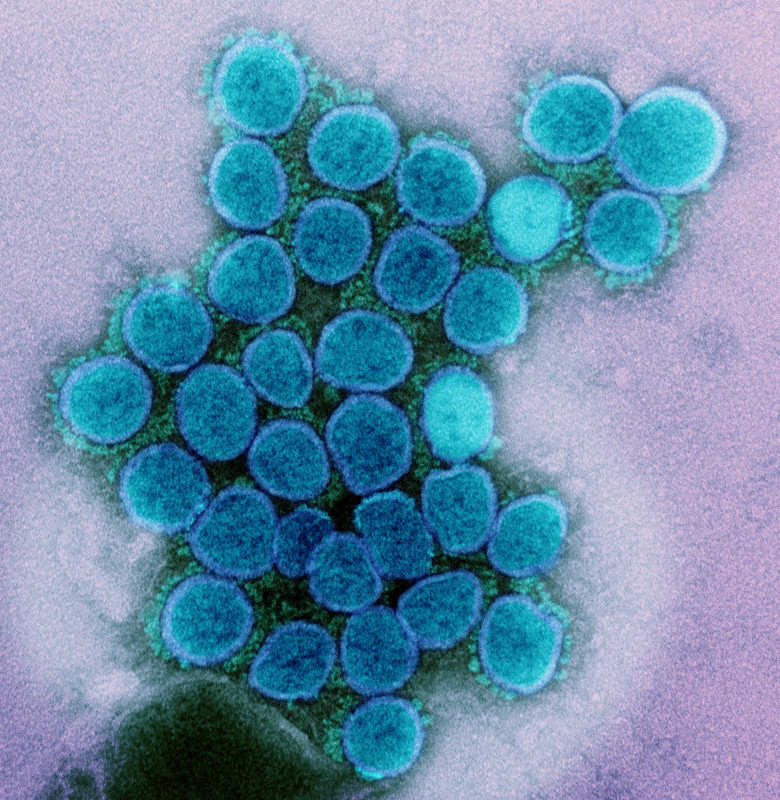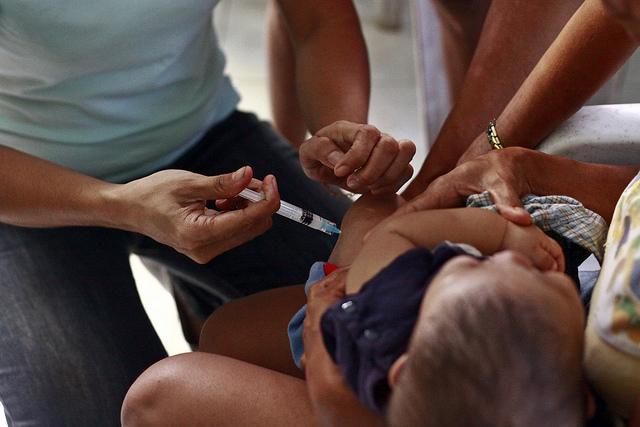The World Health Organization (WHO) Technical Advisory Group on Virus Evolution (TAG-VE) on May 23 announced that it has designated NB.1.8.1 as a SARS-CoV-2 variant under monitoring (VUM), noting that, although proportions are growing rapidly, the virus seems only marginally more immune-evasive than the more dominant LP.8.1 sublineage.

The experts said NB.1.8.1 is fueling rises in cases and hospitalization in some countries in the WHO Western Pacific region, but there are no reports that illnesses are more severe than those from other circulating variants.
NB.1.8.1 clusters with other JN.1 sublineages and descends from XDV.1.5.1. The earliest sample was collected on January 22. So far sequences have been submitted from 22 countries, and, based on limited sequencing data, officials estimate that the virus made up 10.7% of sequences by the end of April, up significantly from 2.5% in the four previous weeks. The prevalence rose in all three WHO regions that regularly report sequences: Western Pacific, Americas, and European.
Low risk based on limited evidence
TAG-VE said the risk is currently low and that the confidence in the assessment is low, given that only a single study has assessed antigenicity using pseudoviruses with serologic data from two cohorts. It added that more studies are needed to further assess the risk of antibody escape. So far, the evidence doesn't suggest resistance to the antiviral drug nirmaltelvir, which is one of the two components of Paxlovid treatment.
On May 15, the WHO's COVID vaccine composition advisory group said JN.1 and KP.2 remain appropriate vaccine antigens, but monovalent LP.8.1—which seems to show more robust neutralization against newer subvariants—is a suitable alternative. The European Medicines Agency preferentially recommended an LP.8.1 component, and the US Food and Drug Administration also said vaccines should target JN.1, preferentially the LP.8.1 component.











